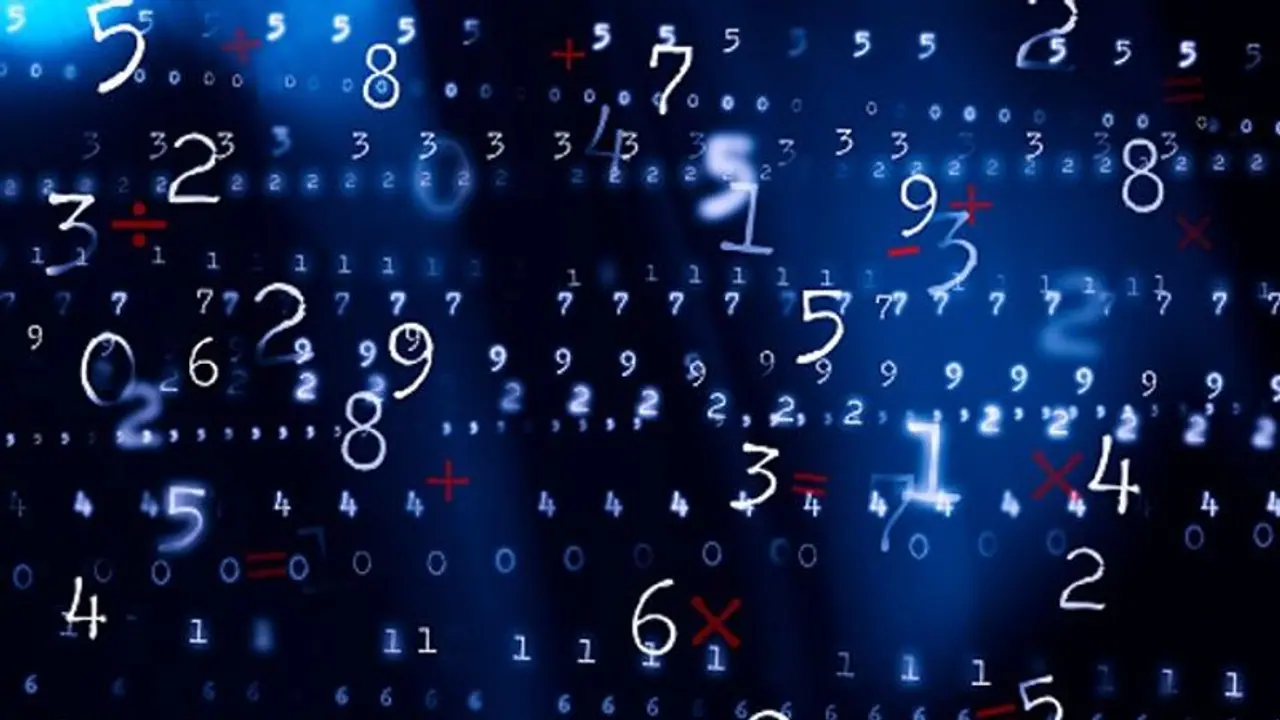Scientists at Paderborn University and KU Leuven have unlocked a three-decade-old mystery of mathematics with the so-called ninth Dedekind number.
Mathematicians have achieved a significant breakthrough by discovering a new Dedekind number after decades of intensive study and exploration. The ninth Dedekind number, a unique integer consisting of 42 digits, has finally been unlocked by researchers from Paderborn University and KU Leuven, making history in the field of mathematics.

Also read: Subway outlet in United States criticised for 'joke' on Titanic submersible implosion
Since 1991, experts worldwide have been on a quest to determine the value of this elusive number. Utilizing the powerful Noctua supercomputer at Paderborn University, the team of researchers successfully derived the precise sequence of numbers, solving a long-standing mathematical mystery.

The groundbreaking findings will be presented at the International Workshop on Boolean Functions and Their Applications (BFA) in Norway, scheduled for September. What initially began as a master's thesis project by Lennart Van Hirtum has evolved into a remarkable achievement. Van Hirtum, now a research associate at the University of Paderborn, played a pivotal role in the research.
This discovery places the scientists in an esteemed group of mathematicians who have contributed to the Dedekind number series. The problem was first defined by mathematician Richard Dedekind himself in 1897, and subsequent numbers in the series were uncovered by prominent figures in early computer science, including Randolph Church and Morgan Ward.
Van Hirtum reflects on the significance of the accomplishment, noting that the calculation of D(9) remained an open challenge for 32 years, casting doubt on the possibility of ever determining the number. The successful computation of the ninth Dedekind number on a large supercomputer marks a major milestone in the field.
The previous Dedekind number, the eighth in the sequence, was calculated in 1991 using a Cray 2 supercomputer, which was the most powerful of its time. Given the advancements in computational technology, the researchers believed that calculating the ninth number was within reach. Van Hirtum describes the ambitious project, initially developed in collaboration with his master's thesis supervisors at KU Leuven, as a motivating force behind their efforts.
After several years of development, the program ran on the supercomputer for approximately five months. Finally, on March 8, the scientists achieved their breakthrough, unveiling the ninth Dedekind number: 286386577668298411128469151667598498812366.
This remarkable accomplishment not only adds to the legacy of Dedekind numbers but also demonstrates the power of computational tools and the relentless pursuit of mathematical inquiry.
